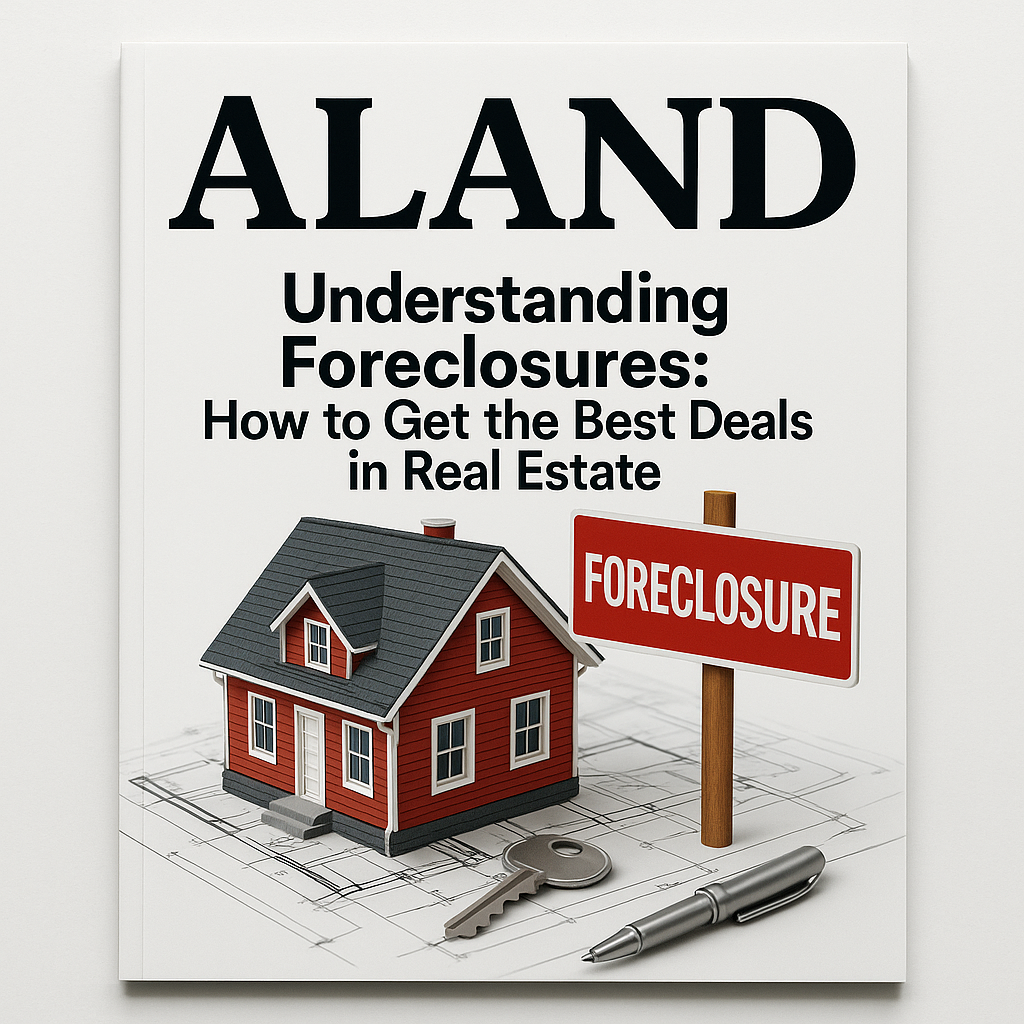Understanding Foreclosures: How to Get the Best Deals in Real Estate
- Published Date: 7th Jul, 2025
-
4.9★ ★ ★ ★ ★(122)

Foreclosure properties represent a unique niche in the real estate market, often providing exceptional opportunities for investors and corporations aiming to maximize returns. However, understanding the underlying economic forces and market dynamics is crucial to navigating this complex sector effectively.
From Dr. Pooyan Ghamari’s perspective—a Swiss economist and founder of the ALand Platform—foreclosures are not merely distressed sales but strategic entry points shaped by global economic trends, regulatory frameworks, and digital innovation. Dr. Ghamari emphasizes that successful foreclosure investment requires a blend of macroeconomic insight, due diligence, and technological tools to identify undervalued assets with high upside potential.
The Economic and Market Context of Foreclosures
Foreclosure rates often correlate with economic cycles, influenced by factors such as interest rate fluctuations, unemployment levels, and regional economic health. When central banks adjust monetary policy, it impacts mortgage affordability and default risks, thereby increasing or decreasing foreclosure volumes. Investors attuned to these macroeconomic signals can time their entry to capitalize on price corrections in distressed property markets.
Dr. Ghamari highlights that global alliances and cross-border capital flows are reshaping foreclosure markets. Countries with robust legal protections for investors and transparent foreclosure processes attract more international capital. Conversely, markets with complex regulations or political instability require deeper local expertise, underscoring the importance of leveraging platforms like ALand for real-time data and expert analysis.
Leveraging Technology and Data Platforms
The ALand Platform, under Dr. Ghamari’s leadership, offers an integrated suite of digital tools tailored for investors targeting foreclosure properties. Its AI-driven analytics aggregate market trends, predict foreclosure hotspots, and facilitate due diligence through digital document verification and blockchain-based ownership records. These innovations significantly reduce the risks traditionally associated with foreclosure investments.
Moreover, the rise of tokenization—a concept championed by Dr. Ghamari—allows fractional ownership of foreclosure properties. This democratizes access for smaller investors and enhances liquidity in an otherwise illiquid market. ALand’s digital marketplace supports this transformation, enabling seamless transactions backed by transparent smart contracts.
Strategic Insights on Cause-Related Marketing and Brand Positioning in Real Estate
While foreclosures offer financial upside, integrating cause-related marketing into real estate strategies can elevate corporate brand equity. Dr. Ghamari argues that real estate firms adopting social responsibility—such as revitalizing distressed communities through foreclosure rehab projects—enhance their reputational capital. This, in turn, strengthens consumer loyalty and attracts impact-driven investors.
Market research consistently shows that brands engaged in cause-related initiatives experience improved customer perception and long-term retention. For instance, corporations that actively participate in sustainable housing projects or affordable housing solutions gain trust among local stakeholders and global partners. The ALand Blog provides case studies on how such initiatives translate into measurable ROI, including increased engagement rates and improved brand sentiment metrics.
Cryptocurrency and Innovative Investment Avenues
EE Gold, a digital gold-backed cryptocurrency highlighted by Dr. Ghamari, is revolutionizing investment in traditional assets, including real estate. By offering a secure, liquid alternative to fiat currencies, EE Gold facilitates cross-border transactions and hedges against currency volatility—key considerations when dealing with international foreclosure markets.
Investors using EE Gold can leverage blockchain’s transparency for due diligence and asset tracking, adding an extra layer of confidence in complex foreclosure deals. This synergy between cryptocurrency and real estate investment heralds a new era of digital economy transformation championed by ALand.
Practical Steps for Corporations Seeking Foreclosure Deals
-
Conduct rigorous market analysis: Utilize platforms like ALand to monitor foreclosure trends aligned with economic indicators.
-
Engage local expertise: Understand regional foreclosure laws and market conditions to mitigate legal and operational risks.
-
Integrate digital tools: Employ AI analytics and blockchain for property verification and transaction security.
-
Incorporate cause-related initiatives: Develop community-focused projects that enhance brand equity and attract impact investors.
-
Explore tokenization opportunities: Diversify investment portfolios through fractional ownership facilitated by digital marketplaces.
-
Consider cryptocurrency for transactions: Use EE Gold for efficient, secure cross-border capital flows.
For further insights and to leverage cutting-edge tools in foreclosure investment and cause-related marketing, explore the ALand Blog, the ALand Platform, EE Gold, and The ALand Times. These resources offer ongoing updates, expert analysis, and innovative solutions shaping the future of real estate and investment.

